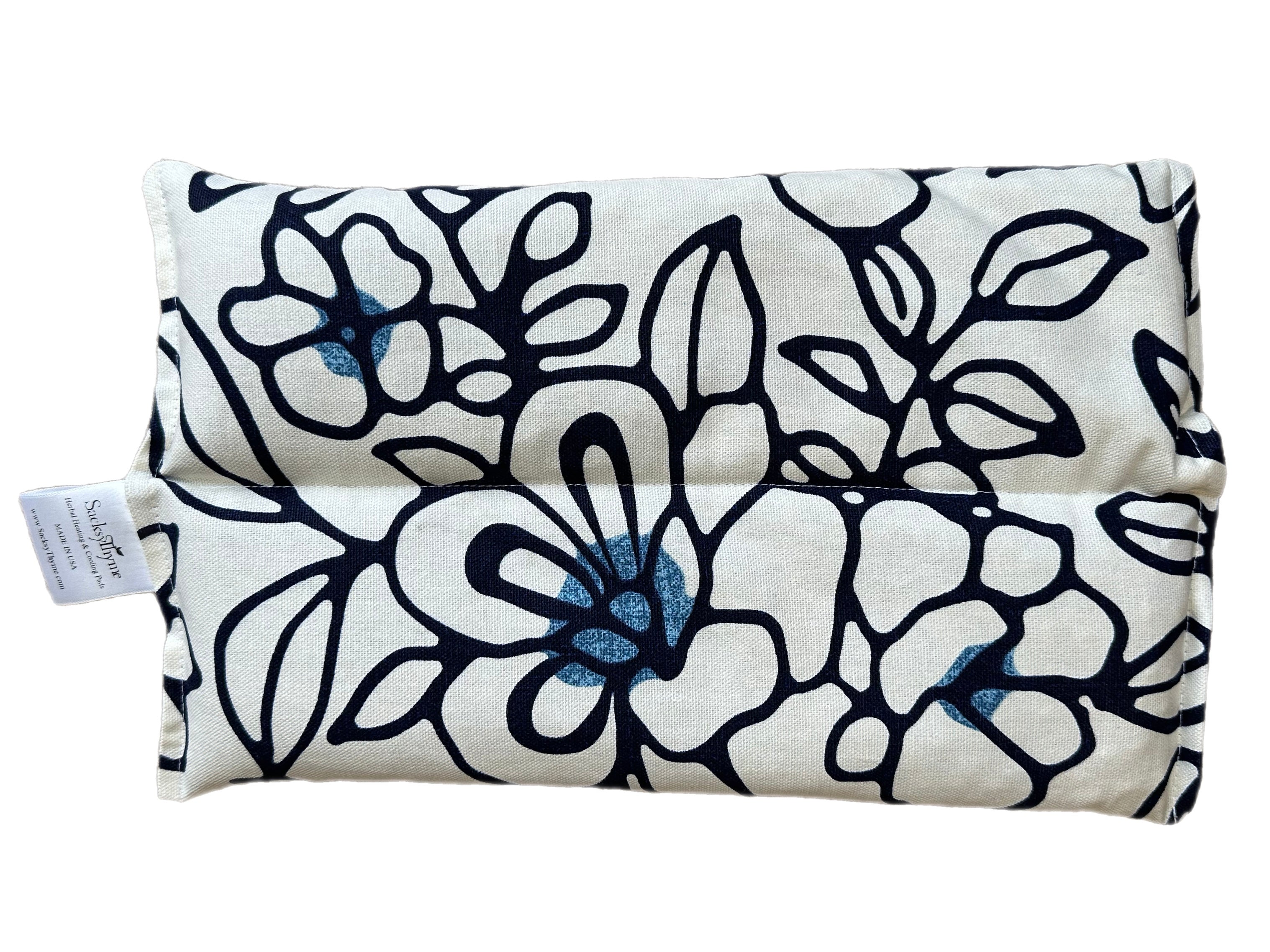If you're experiencing pain on the outer side of your ankle when you turn your foot inwards and forwards, you may have a condition called Peroneal Tendonitis.
It can have a significant impact on your daily activities, but fortunately, effective treatment is available. To get started, it's important to understand the symptoms and causes of this condition and learn about the best treatment options that can help you recover quickly and prevent future problems.
What is Peroneal Tendonitis
Peroneal tendonitis is an inflammatory condition of the peroneal tendon. It can be caused by long-term or intense activity. It usually develops over a long period of time.
To comprehend peroneal tendonitis, it is first necessary to know the anatomy involved. Tendons link bone and muscle and allow the muscles to exert joint pressure. Peroneal muscles extend along the shin's side, between the ankle and knee.
The two peroneal tendons are located around the sides of the foot and ankle and are responsible for stabilizing the ankle and preventing injuries. There are many reasons for an ankle injury and pain. Peroneal tendonitis is just one.
Peroneal Tendonitis Causes
Peroneal tendonitis is a result of Overuse or excessive shoe support. Therefore, tackling each of the causes listed below is essential before your peroneal tendonitis develops into more tendon injury.
- Repetitive ankle movements
- Increased intensity in training
- High arches
- The muscles of the calf are tight
Peroneal Tendonitis Symptoms
The symptoms of peroneal tendonitis vary based on the degree of the injuries. The signs and symptoms could be gradual or appear shortly after an ankle injury.
Look over the following symptoms to determine if you suffer from peroneal tendonitis. But remember that these symptoms are not specific and could be due to other conditions; speak to your physician if you are concerned.
- Pain that is on or around the foot or ankle
- The ankle is swelling on the outer edge of your ankle
- Tenderness in the ankle
- Ankle pain when turning towards the outside
- The ankle is painful when stretched to the side
- Difficulty walking or running
- Instability of the ankle and foot
- A popping sound at the time of the injury (tear)
Peroneal Tendonitis Treatment
Treatment for peroneal tendonitis and tear depends on the severity of your condition. Most people with peroneal tendonitis can be treated with non-surgical methods, such as:
- Rest. Avoiding activities that aggravate your ankle and foot pain can help to reduce inflammation and give your tendons time to heal.
- Cold therapy pack. Applying Cold therapy pack to the outside of your ankle and foot for 20 minutes at a time, several times a day can help to reduce inflammation and pain.
- Compression. Wearing a compression bandage or sleeve can help to reduce swelling and pain.
- Elevation. Raising your ankle and foot above the level of your heart when sitting or lying down can help reduce swelling.
- Over-the-counter pain relievers. Over-the-counter pain relievers, such as ibuprofen or acetaminophen, can help relieve pain and inflammation.
Diagnosing Peroneal Tendonitis
The doctor diagnoses the ankle injury on imaging and a thorough examination of your ankle, leg, and foot. Be prepared to answer any questions related to your most recent exercise.
Because changes in your exercise routine may cause peroneal tendonitis, inform your physician of the changes since it can be crucial information to obtain the most accurate diagnosis.
Physical Exam
In your physical exam, the doctor will examine your ankle and foot. Inflammation, swelling, pain, or ankle instability are indications of peroneal tendonitis. Further injuries are possible with peroneal tendonitis. Your doctor will decide if you require further testing.
Peroneal Tendonitis Recovery
The time to heal from peroneal tendonitis will differ based on the extent of your injury. It is best to be patient and let your ankle fully heal before returning to higher-level activities such as running or any other physical activity. Most of the time, it will take anywhere from two to three weeks.
Treatment options generally comprise home remedies like massage, Cold therapy with a cold therapy sack, heat with a Microwaveable heating pad, stretching, exercise, and rest. If you do not notice any improvement after this point, you will likely be recommended for physical therapy.
SACKSY THYME Microwaveable Heating Pad for Peroneal Tendonitis:
If you've had surgery, you may not be able to carry any weight on your feet for more than six weeks. You can expect your doctor to suggest peroneal tendonitis therapy following surgery to speed up recovery and avoid complications.
Preventing Peroneal Tendonitis
There are a number of things you can do to prevent peroneal tendonitis and tear, such as:
- Stretching regularly. Stretching your ankles and feet muscles can help improve flexibility and reduce your risk of injury.
- Strengthening your ankle and foot muscles. Strengthening the muscles around your ankles and feet can help to support the ankle joint and reduce your risk of injury.
- Wearing supportive shoes. Wearing supportive shoes can help to reduce stress on your ankles and feet.
- Avoiding activities that aggravate your ankle and foot pain. If you experience ankle or foot pain, avoid activities that make it worse.
A Word from SACKSY THYME
If you're active and recently increased the intensity of your exercise or changed your shoes or footwear, the pain you feel on the outside of your ankle may be caused by peroneal tendonitis.
An early diagnosis and efficient treatment can speed up the amount of time you recover. Avoid further injury by resting your ankle injury and looking into any of the treatment options that are listed above. Within a matter of minutes, you'll walk with confidence again.

